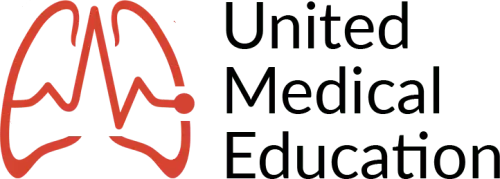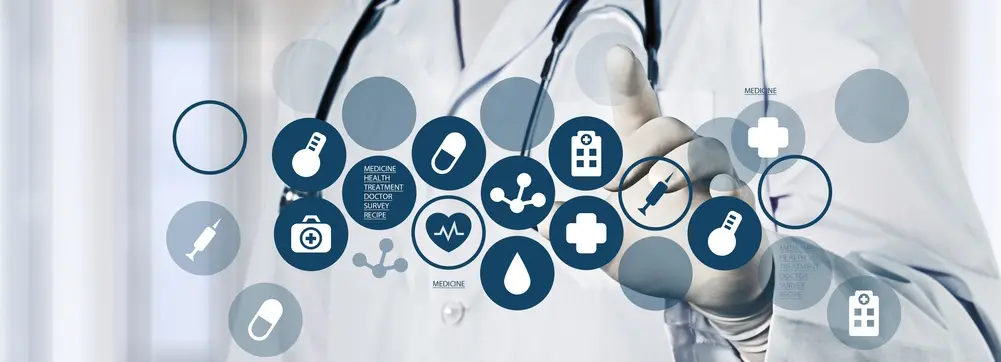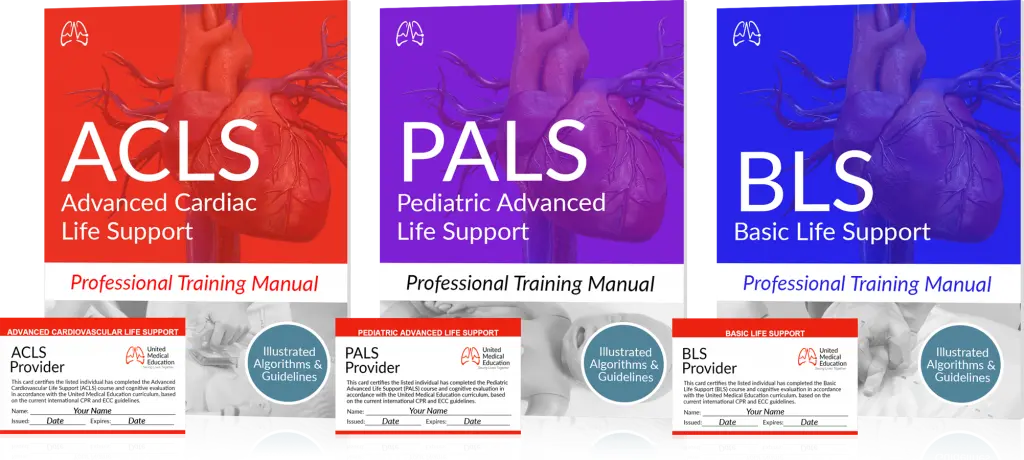Technology is revolutionizing the way we live our lives and this is particularly evident in industries that use it to improve our health. The healthcare industry has evolved exponentially in the past few years, with advancements in technology making it easier for doctors and nurses to do their job. Here are 6 ways new technologies are changing the healthcare industry.
1. Data Analysis
Whether you’re looking after the elderly, disabled or have anything to do with the medical industry, you know data is key. Being able to track every little detail and gather information about your patient is vital to the success of their care. Advanced computers are now able to help doctors find and diagnose problems faster than ever before and according to IBM, no industry has experienced a larger growth in terms of data consumption than healthcare. An example of data-analysis has been shown with the efficacy of using proper personal protective equipment while performing necessary medical tasks.
2. Making Monitoring Easier
One of the hardest parts of any nurse’s job is having to keep a continual eye on a patient’s condition. This can vary from a few times a day to around the clock monitoring. New technologies, such as smart flooring, allows nurses to remotely track the movements of patients in their rooms. Digitally transmitted vital signs has also been an advent in patient monitoring that has made a nurse’s job significantly easier. This is just touching the surface of new monitoring devices available to healthcare workers.
3. Keeping up with Innovation
Advancements in technology continue to revolutionize the healthcare industry, but as they progress, doctors and nurses need to be retrained and kept up to date. This is particularly relevant with facilities that care for the elderly which can sometimes be detached from other parts of the healthcare industry. An example of this is now being deployed in some nursing homes. There is a new carpet device that alerts the nurse if a patient falls. When caring for vulnerable patients, falls can be a serious issue. Even though this technology has been ready to be used, there is often a substantial gap between the installation process, the time it takes for the nurses to be trained on the device, and finally implementing the device into practice.
4. Mobile Apps and Internet Accessibility
When it comes to healthcare, you can be certain there’s a medical app for just about everything. Apps allow people to keep track of calories and diets, as well as monitor heart rates. This puts some control back into the hands of the patient and gives them a chance to self-assess without needing to physically see a medical practitioner. The same can be said for websites like WebMD which allow lay individuals to research their personal conditions. This can help patients become more informed about their own personal health, take a more active role in maintaining their personal health, and also help individuals communicate more effectively with their doctor.
5. Efficiency
Let’s face it, when it comes to healthcare, the most uncontrollable factor is time. In some instances, every second can be vital and the beauty of some of the technologies mentioned above are that they shed time off of the provider’s response. Everything from the time it takes a nurse to realize a patient has fallen in their room to doctors’ ability to diagnose patient’s critical condition have been vastly improved by advancements in technology. From a business standpoint, efficiency in practice leads to more patients being seen and more money made.
Additionally, new technologies have improved the efficiency and efficacy of treatments. These even include treatments of some of our most common killers including heart disease, stroke and cancer. As these technologies develop at an increasing rate it is important for healthcare providers to stay up-to-date on the most current treatment options.
6. 3-D Printing
The applications for 3-D printing in the healthcare industry are incredible and we’ve only just scratched the surface. An example of how 3-D printing has currently been used came from the Los Angeles Medical Center where surgeons were able to use a 3-D printer to produce a replica aorta and use it as a model to train and prepare for a patient that came in with a tear in their aorta.
The healthcare industry is ever reliant on advancements in technology to improve the quality of patient care. As healthcare moves into the realm of information technology we can expect a growth in treatments at a rate we have never before seen. Consumers of healthcare are now faced with the task to stay on top of new discoveries that could dramatically improve personal health and longevity. If done effectively the people of today have a bright future of health in front of them.
By: Nic Negrepontis






